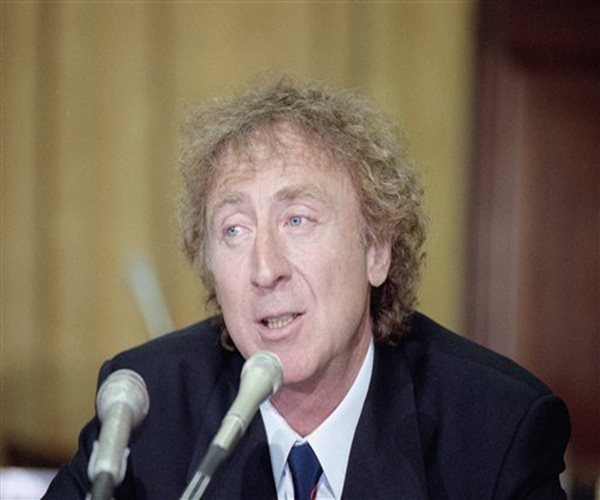In addition to destroying plaques, IL-33 reduces inflammation in brain tissue, which previous studies found encouraged plaque and tangle formation. Therefore, IL-33 helps to clear the amyloid plaque already formed and also prevents the formation of new plaques and tangles.
"There is some distance between laboratory findings and clinical applications," says Liew. "Nevertheless, this is a good start."
IL-33 will begin human trials this year.
The second study, conducted at the Salk Institute, also involved treating Alzheimer's by increasing the amount of neuregulin-1 in the brain. Similar to the Glasgow study, neuregulin-1 also increased levels of neprilysin which fought the buildup of plaque in the brains of mice bred to develop Alzheimer's.
Researchers aren't sure how neuregulin-1 works and all of the ways it affects the brain. However, said professor Kuo-Fen Lee, "We've shown that it promotes metabolism of the brain plaques that are characteristic of Alzheimer's disease."
Previous studies had found that treating cells with neuregulin-1 lowered brain levels of amyloid precursor protein, a molecule that generates amyloid beta. So, Lee and his team decided to raise the levels of two forms of neuregulin-1 in the hippocampus, an area of the brain responsible for learning and memory. Both forms of the protein improved memory in the mice.
In addition, the levels of amyloid beta and plaques were noticeably lower in mice with more neuregulin-1 compared to controls.
The study suggested that neuregulin-1 breaks up plaques by raising levels of neprilysin, an enzyme that has been shown to degrade amyloid-beta. (Neprilysin is the same enzyme the Glasgow researchers found effective.) The Salk researchers are also exploring whether or not the protein improves signaling between neurons, a function which is damaged in Alzheimer's.
Although supplemental neuregulin-1 isn't available to the public, Lee and his team have created a method of raising existing levels of neuregulin-1, which could help prevent plaque from forming.
"There's much more work ahead before neuregulin-1 could become a treatment, but we are excited about its potential," Lee said.
